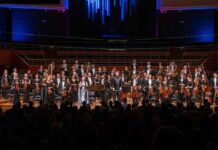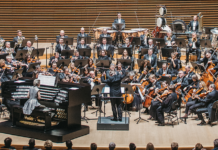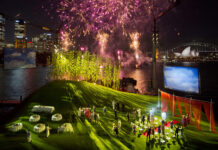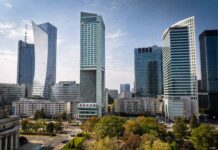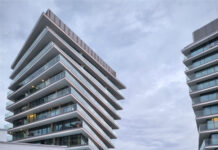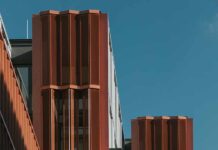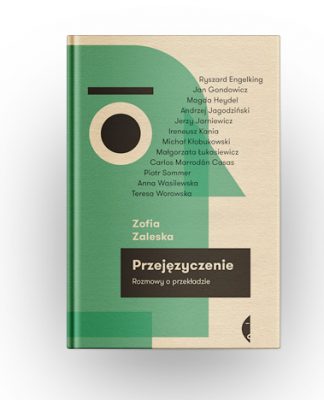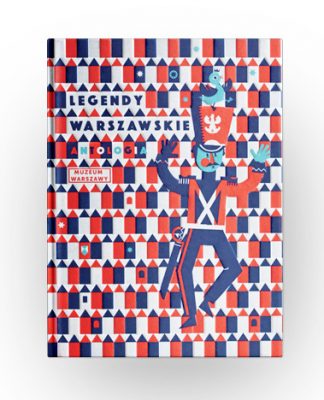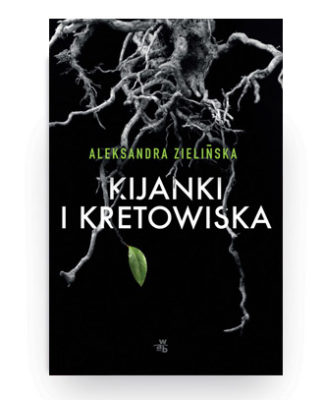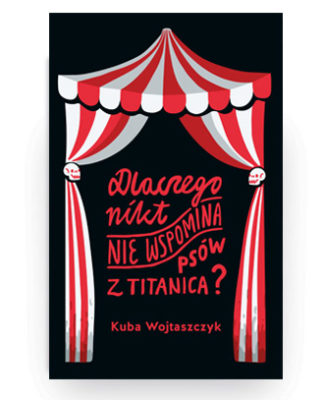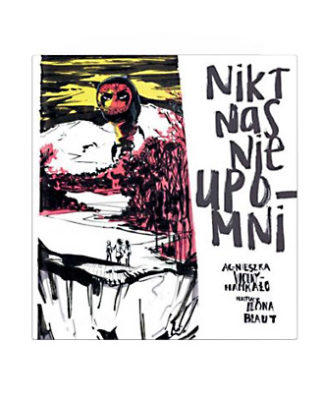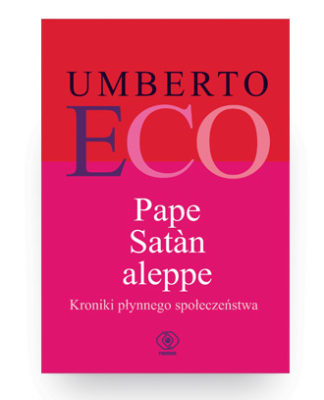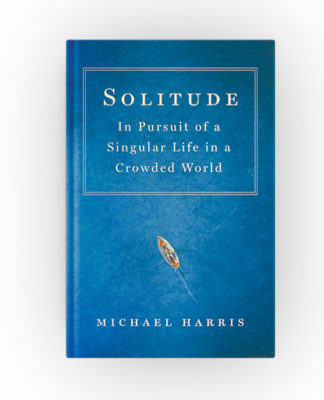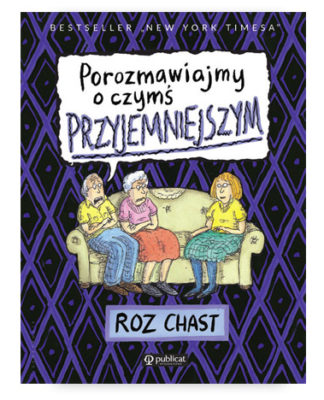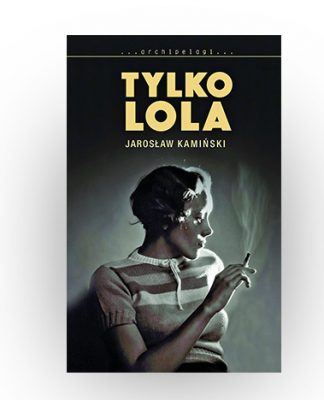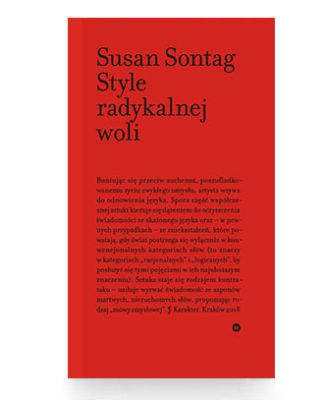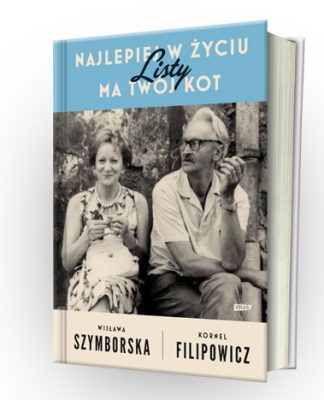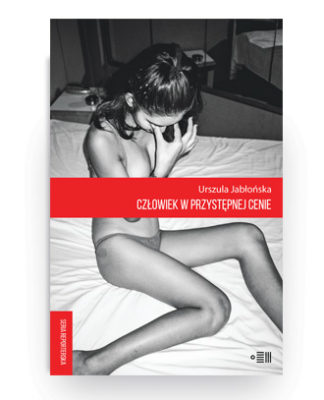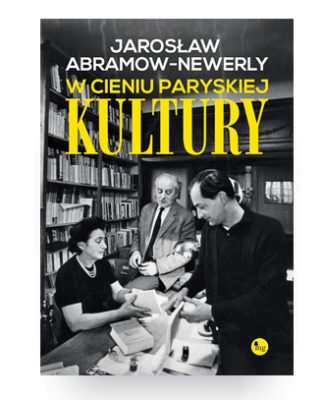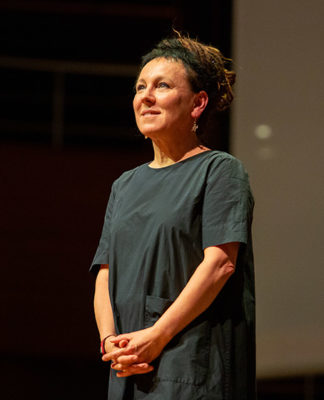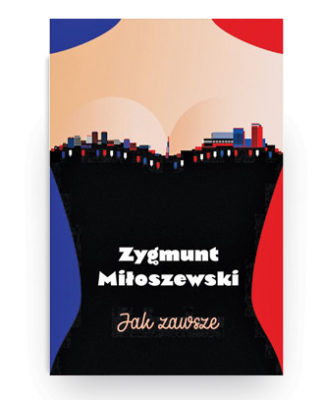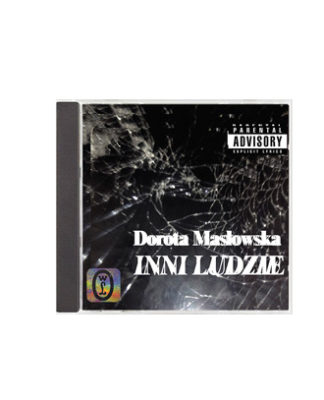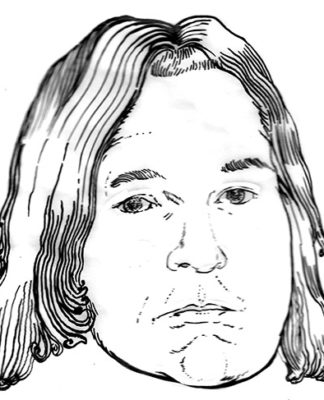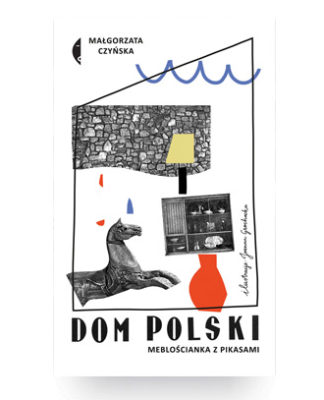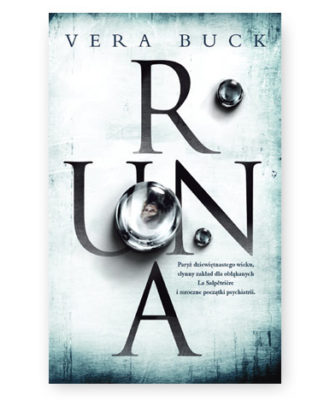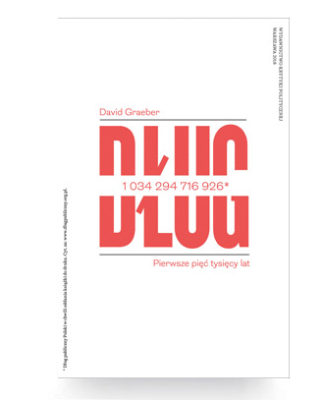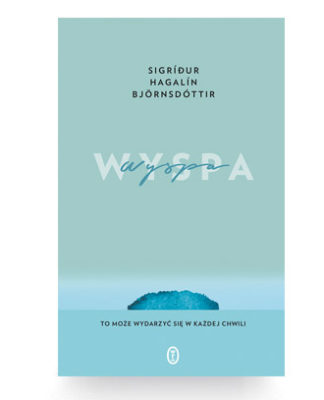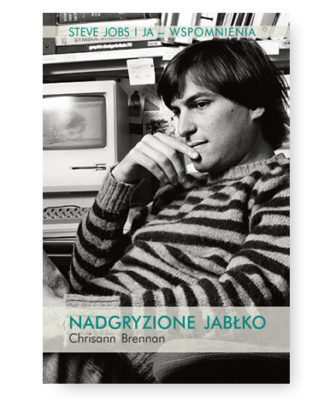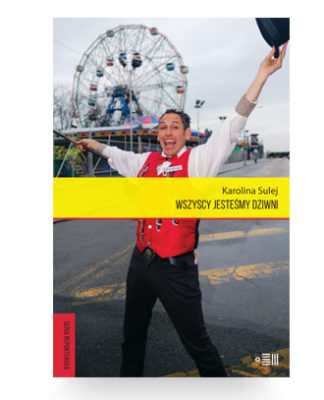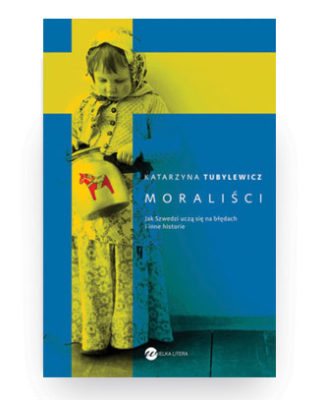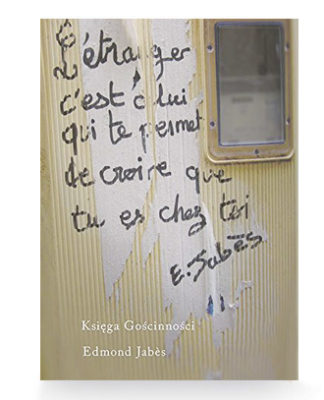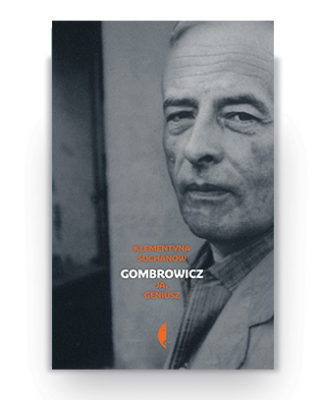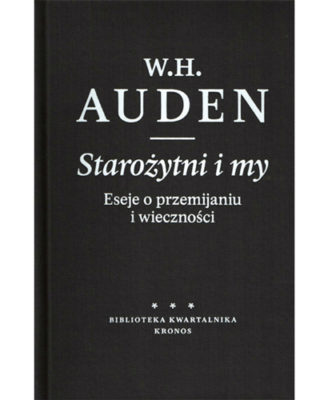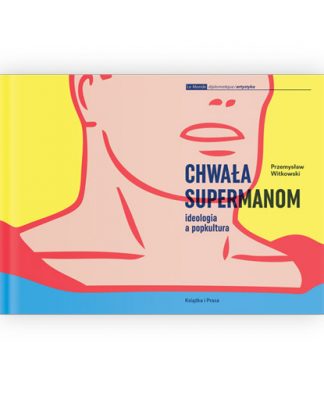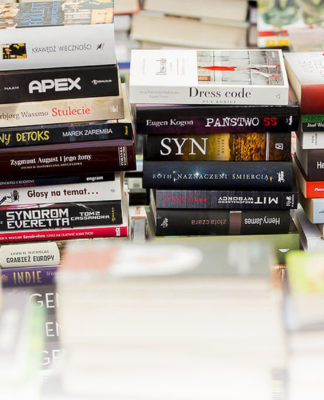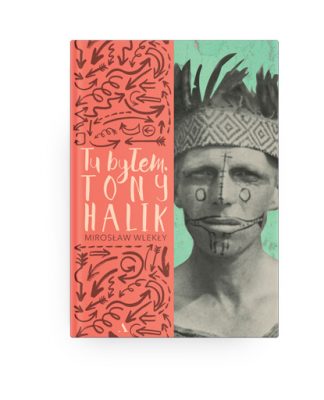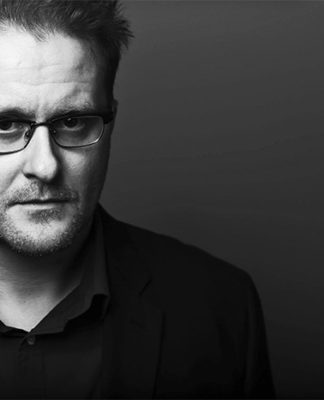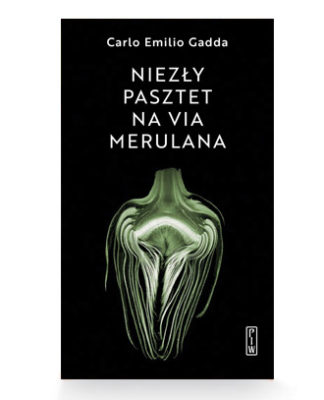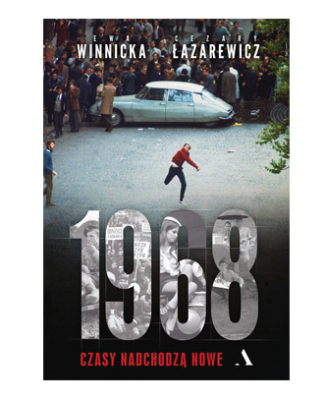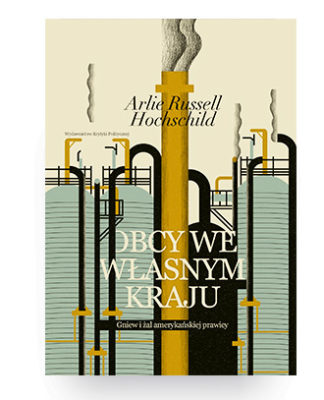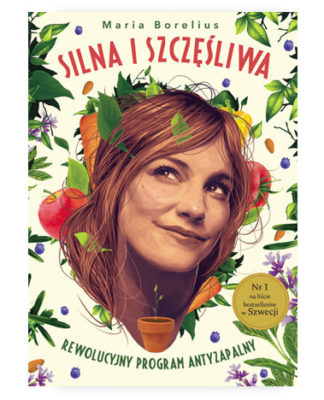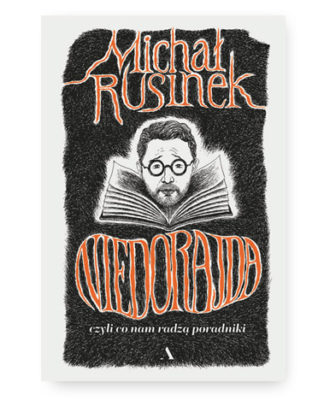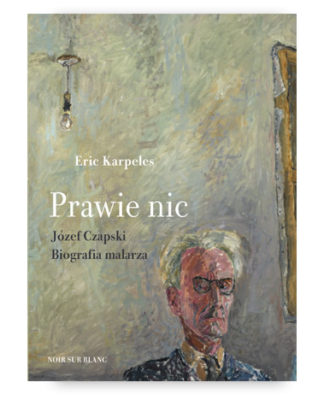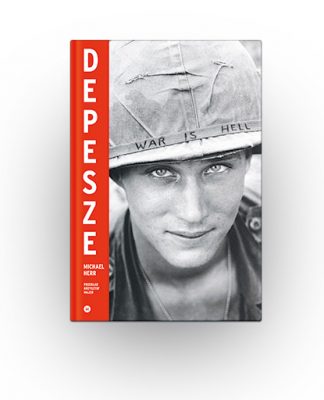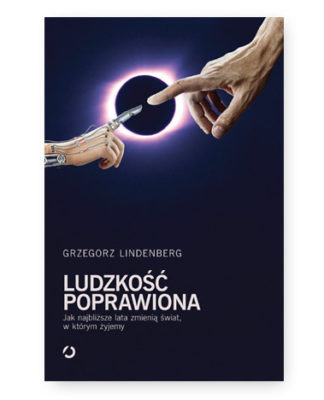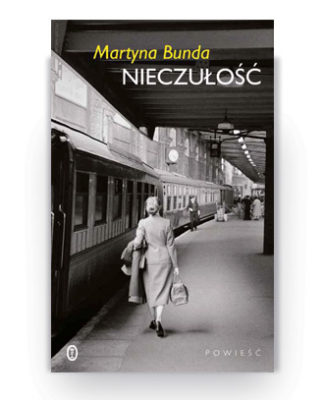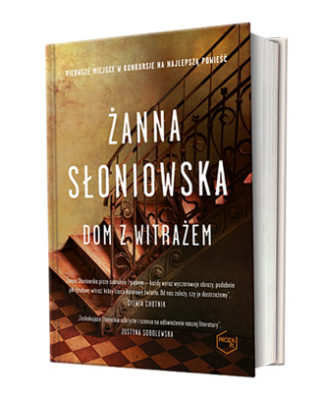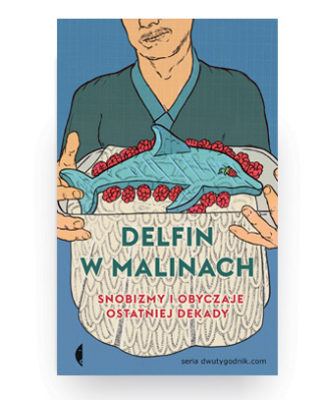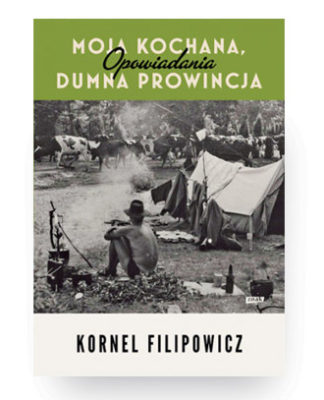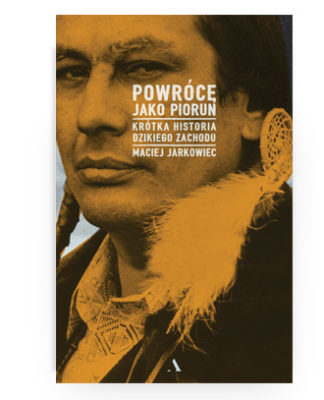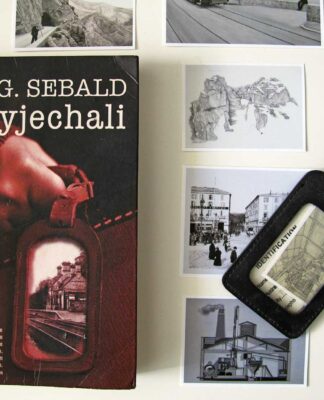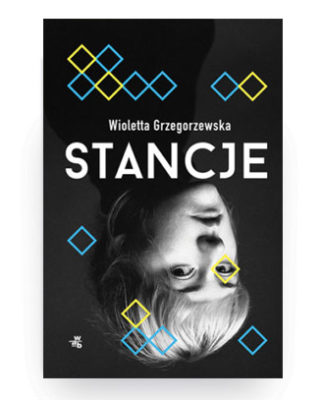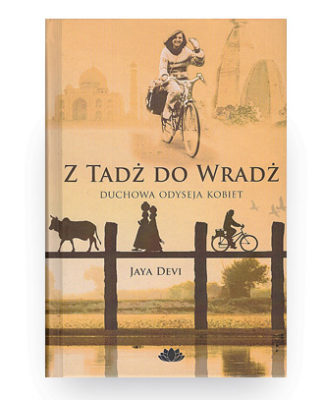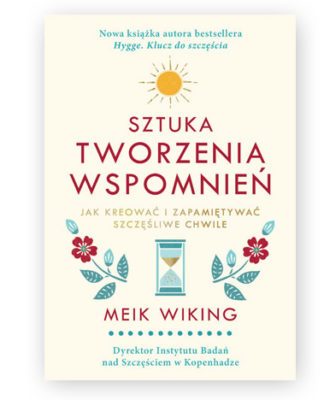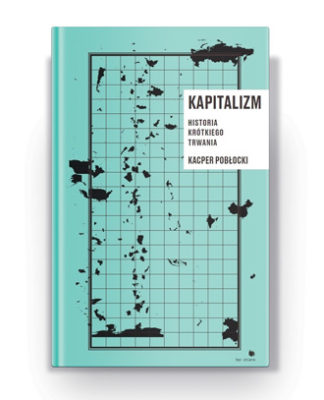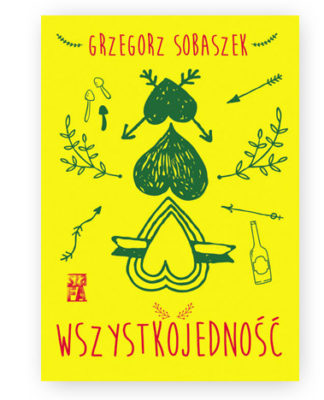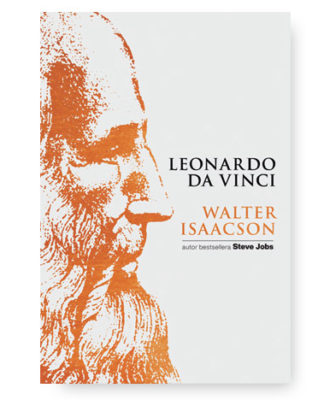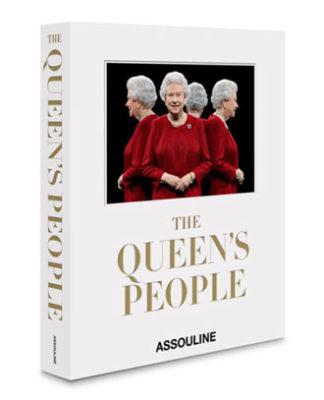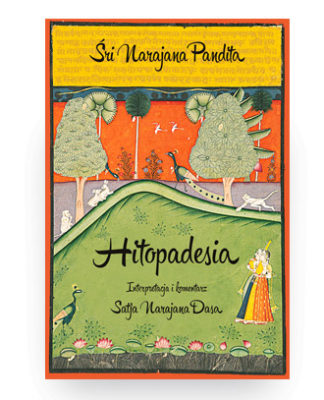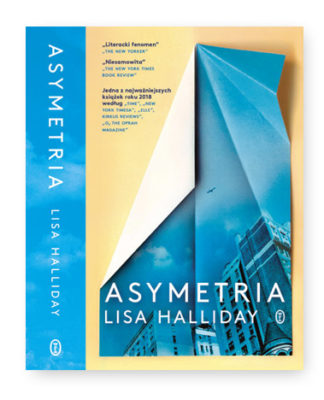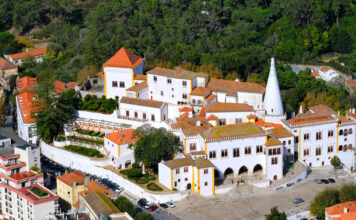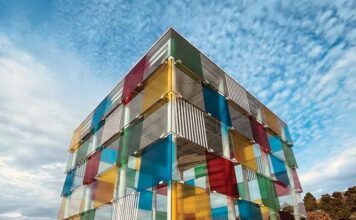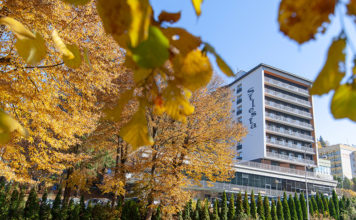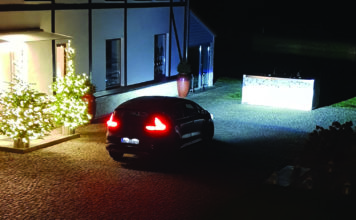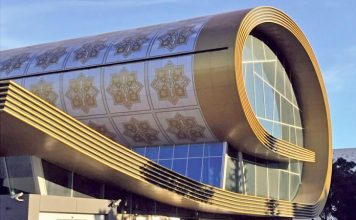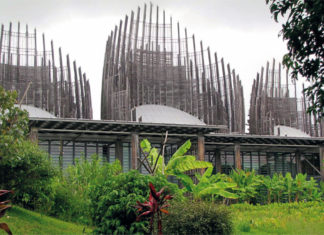Madama Butterfly on Sydney Harbour. Photo © Hamilton Lund
Kliknij tutaj, aby przeczytać w wersji polskiej.
(Opera Australia / Handa Opera on Sydney Harbour)
Until 23 April 2023
★★★★★
Text: Jansson J. Antmann
How long does it take a property developer to transform 1300 square metres of pristine nature into an urban wasteland? 30 minutes, according to Àlex Ollé from the Catalan collective of directors La Fura dels Baus. His monumental outdoor staging of Madama Butterfly has triumphantly returned to the shores of Sydney Harbour, where it was first presented by Opera Australia in 2014.
Àlex Ollé’s staging of Madama Butterfly is a profoundly impactful experience, both as a human drama and a meditation on greed and desecration. Ollé’s production is site-specific, with a set by Alfons Flores that comprises a verdant glade and bamboo grove. It creates the impression that the Royal Botanic Garden’s lawn extends out over the water of the harbour, a remnant of paradise set against the backdrop of the city and iconic opera house.

The Sydney skyline changes year on year, and the contributions of legendary architects like Norman Foster, Renzo Piano, Harry Seidler and Jørn Utzon now struggle to stand out from the urban clutter around them. This concrete jungle now encroaches on the greenery of Cio-Cio-San’s world in Madama Butterfly, and the American Pinkerton embodies the greedy property developers responsible for the growing threat to the environment.
Pinkerton wants to build an apartment complex on this last vestige of paradise, and it is here that he weds Cio-Cio-San. The marriage to the geisha is little more than a means to bed her. On the other hand, Cio-Cio-San yearns for the upwardly mobile life of an American bride. Hers is a tragedy that goes beyond the human story of a woman betrayed by an unscrupulous husband. This is about the fall of a civilisation. Although Cio-Cio-San cherishes the memory of her ancestors, the world she comes from is disappearing fast. In many ways, this production could be considered a sequel to Stephen Sondheim’s Pacific Overtures, which charted the opening of Japan, from Commodore Matthew Perry’s arrival in 1853 to the rampant commercialization of the 1970s.

However, while Pacific Overtures stopped short of showing the devastation caused by such “progress”, Ollé’s staging of Madama Butterfly makes no bones about it. During the 30-minute interval, a team of builders occupies the stage and begins to strip the green hill of its manicured lawn. The bamboo trees are felled one by one, and the framework of a tower block is flown in by cranes. Left incomplete, this building site becomes the home of Cio-Cio-San, clad in scraps of corrugated iron and wooden paneling. It is an utterly depressing sight that recalls Japanese director Akira Kurosawa’s 1970 film Dodes’ka-den about the homeless who subsist in a slum on top of a Tokyo waste dump.
Thanks to this transformation of the stage, the interval becomes a part of the performance – like a fourth act of the opera – and the audience is confronted in real time by the desecration that underpins its own prosperity. This subversion of the interval is consistent with a hallmark of La Fura dels Baus – its rethinking of theatrical convention to engage with an audience. It also elevates Ollé’s production from a masterpiece to a work of genius.

Handa Opera on Sydney Harbour is an all-weather event, and we were very fortunate to attend two performances – the opening night and another performance four days later. This gave us the opportunity to not only see the two alternating casts, but also to experience the opera in perfect weather and rain. Surprisingly, the inclement weather during the second performance did not impede our enjoyment at all. Opera Australia sells waterproof ponchos at the venue, so there is no discomfort sitting in the rain. What’s more, the moisture in the air beautifully diffused Alexander Koppelmann’s lighting design, and it fittingly gave the wedding in Act 1 the atmosphere of minazuki – June in the old Japanese calendar, the month of water and fertility, and an auspicious time for young families to marry.
Madama Butterfly boasts two wonderful casts, and although they are equally brilliant vocally, their interpretations of their roles vary. As Cio-Cio-San, Karah Son seems keen to leave her old life behind and become an American, whereas Eva Kong is more distressed when she is denounced by her uncle, the Bonze, and clings onto the American dream more out of desperation. Both are glorious as they sing “Un bel dì, vedremo”, and heartbreaking as their son is dragged away.

As Pinkerton, Diego Torre has little regard for the lives he is trampling on, whereas Paul O’Neill seems a hapless agent of a system that is bigger than him. While Torre cannot see the horror he has caused until the very end, O’Neill realizes sooner. In a striking moment, he stares crestfallen at a billboard promoting his unfinished property development, before slowly turning to take in the ruined landscape left in his wake. And while Son and Torre’s love affair seems more utilitarian, there is genuine passion between Kong and O’Neill as they sing “Vogliatemi bene” before consummating their marriage.
In the key role of the American consul Sharpless, Michael Honeyman plays a reluctant onlooker, horrified by the tragedy playing out before his eyes, while Luke Gabbedy is the unwilling middleman frustrated by his inability to find a win-win solution.
As Suzuki, both Sian Sharp and Agnes Sarkis see the writing on the wall long before the others do. Their interpretation of the role is particularly tragic, their unwavering loyalty to Cio-Cio-San condemning them to an uncertain future in the aftermath of the events that are unfolding.

As the Bonze, David Parkin and Jud Arthur are both chilling. The role was originally written as the high priest, but in Ollé’s staging, he is a gangster whose thugs disrupt the wedding of Cio-Cio-San and Pinkerton by knocking over the furniture, as well as a few guests. This change to the Bonze’s character also highlights the extent of the corruption creeping into Cio-Cio-San’s life from all directions.
Both casts are sensitively led by Maestro Brian Castles-Onion, who allows them to perform to their strengths and elicits a dramatic accompaniment from the Opera Australia Orchestra playing below the floating stage. The Opera Australia Chorus delivers a tear-jerking rendition of the “Humming Chorus”, its members led away like the homeless being evicted from the building site, laden with what humble possessions they can carry.
Handa Opera on Sydney Harbour is always the highlight of Sydney’s cultural calendar, and justifiably could be dubbed the Australian Bregenz. While all the productions staged on Sydney harbour have been exceptional, Ollé’s staging of Madama Butterfly is by far the best by virtue of the way it is seamlessly integrated into its picturesque environs. This is definitely worth the flight to Sydney, but if you cannot make it in time, keep a look out for it closer to home. Ollé’s staging has already been presented at the Baths of Caracalla and the Circo Massimo in Rome. Given the production’s popularity, a future season is bound to happen.
Book now at:
opera.org.au






